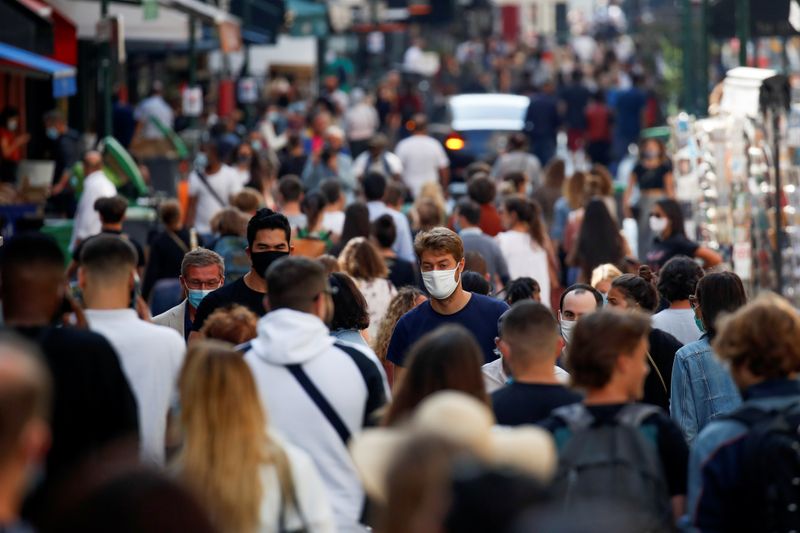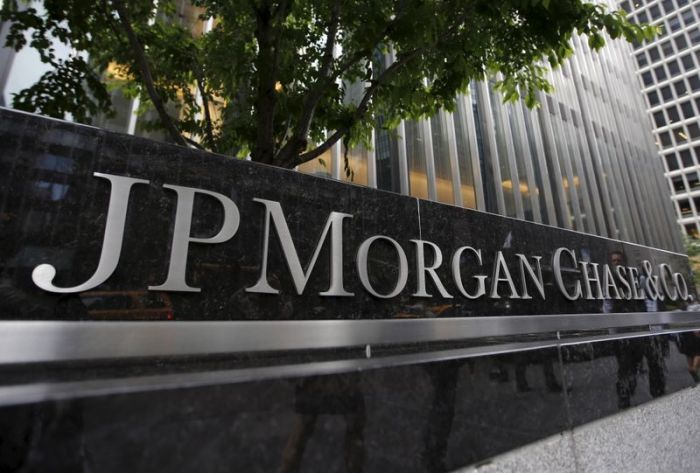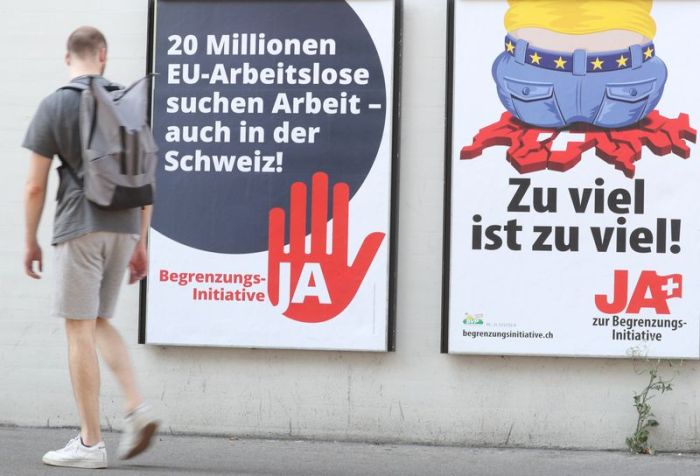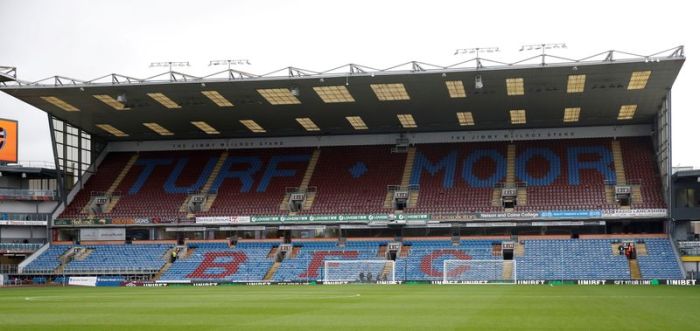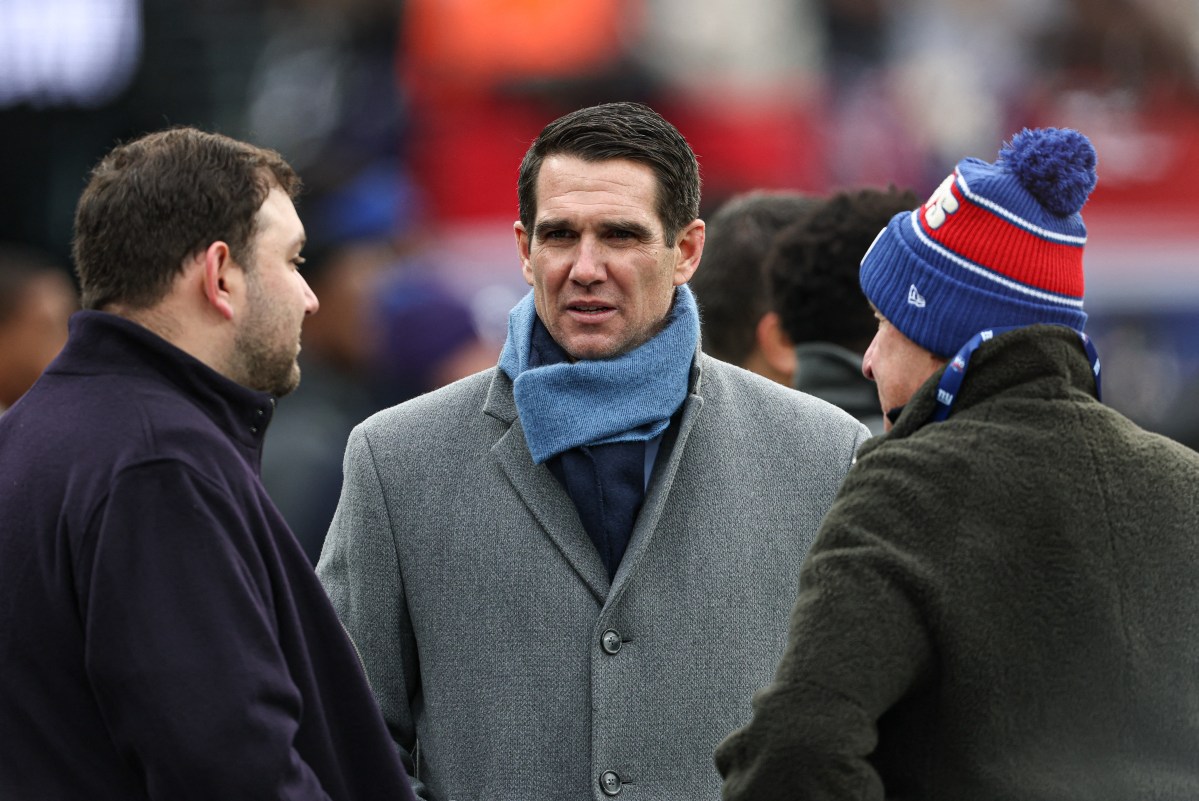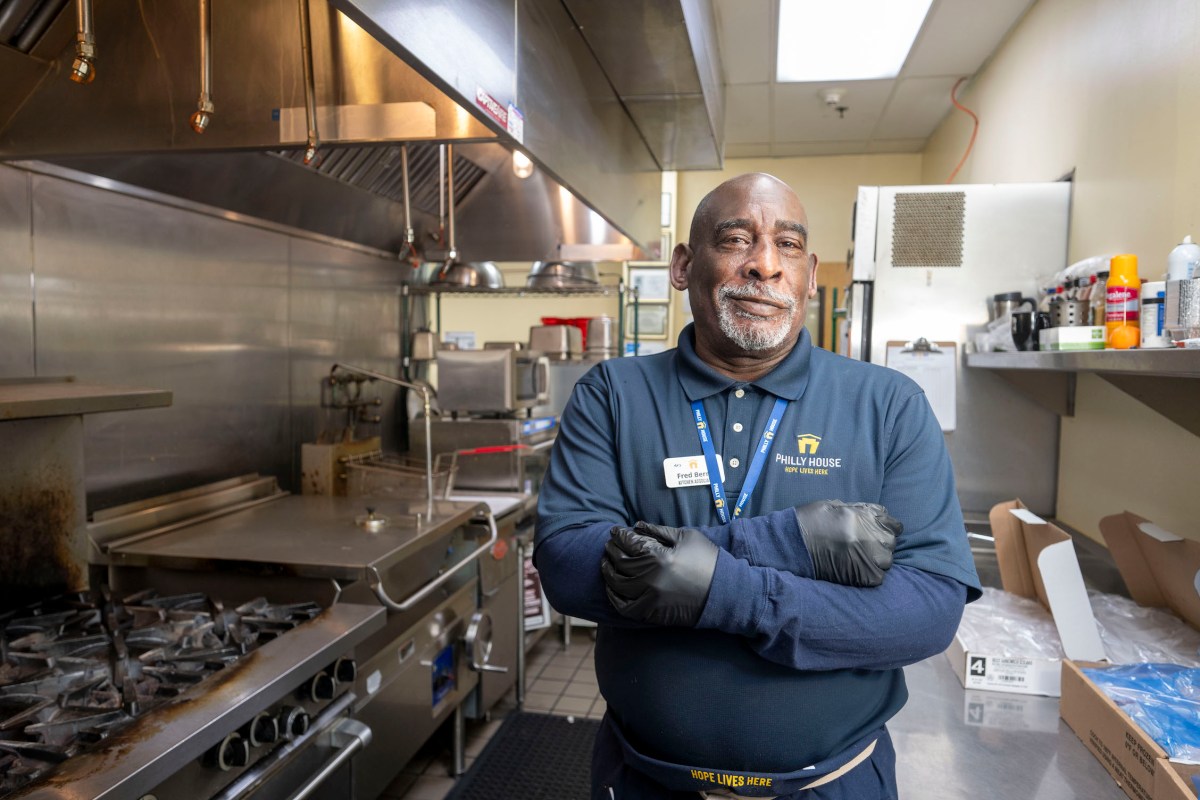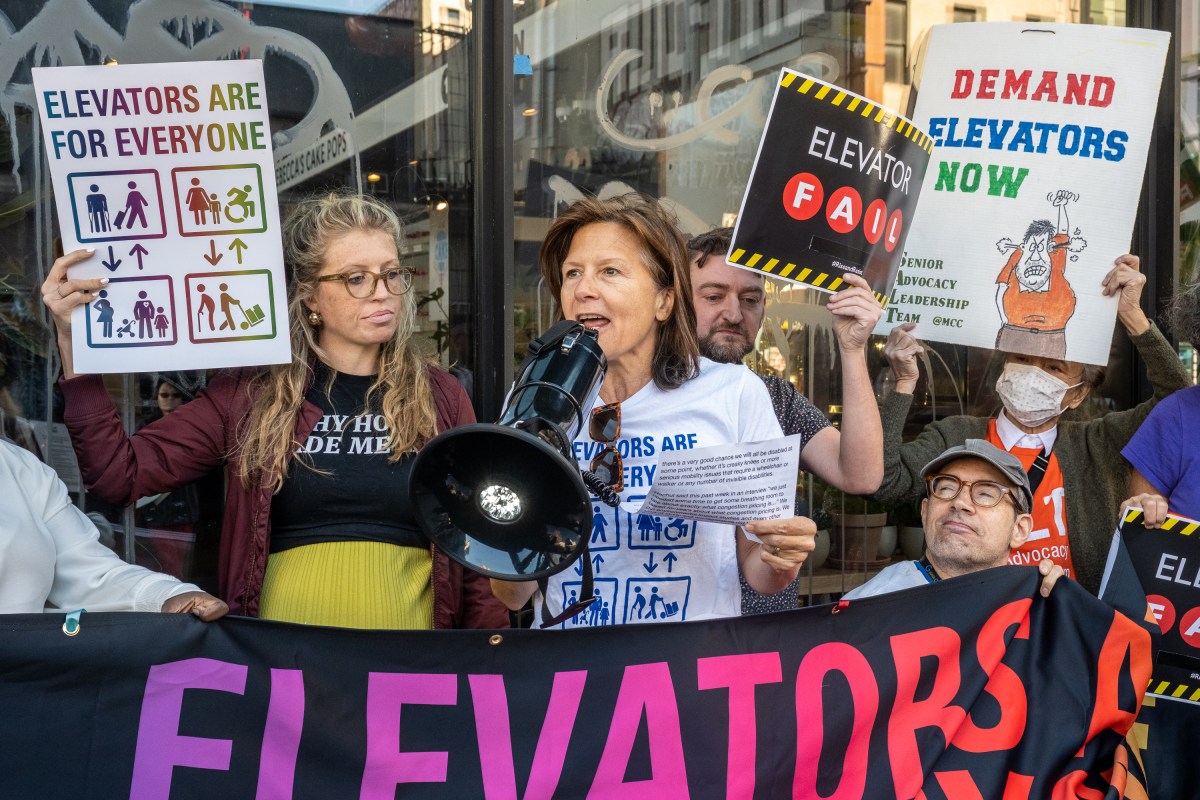PARIS (Reuters) – France’s health minister unveiled a map of coronavirus “danger zones” around the country on Wednesday and gave the hardest-hit local authorities, including that of Marseille, days to tighten restrictions or risk having a state of health emergency declared there.
Olivier Veran told a news conference the country would be divided into zones by alert level with Marseille, the second-largest city, and the French Caribbean island of Guadeloupe for now the only two areas put on the “maximum” alert level.
Paris and its suburbs but also the northern city of Lille, the southwestern town of Toulouse and six other cities were declared “reinforced danger zones”, Veran added.
“Should the sanitary situation worsen further in those areas, then a state of health emergency would be put in place”, the minister said.
Like other European countries where the infection rate has soared in the past month, France has been gradually tightening limits on public and private gatherings locally, hoping it will be enough to contain the disease and avoid a second national lockdown.
After a summer lull, President Emmanuel Macron’s government has been keen to let local authorities adopt measures locally depending on the severity of COVID-19 outbreaks, rather than taking broad measures from the central government in Paris.
Several indicators are being taken into account to define the different danger levels presented by Veran: the number of infected people in general; the number of 65-and-over people infected; and the share of COVID-19 patients in intensive care units.
Shortly after Veran spoke, French health authorities reported 13,072 new confirmed COVID-19 cases over 24 hours, the daily tally coming in above 13,000 for the third time in six days.
And, on a national level, the number of people in ICUs are around the 1,000 threshold, which is a 3-1/2-month high.
In Paris and the other cities now labelled “reinforced danger zones”, attendance at major events will be limited to 1,000 people from the 5,000 allowed now, pre-planned events such as student parties will be banned, and bars and restaurants will have to close at 10 pm at the latest.
Local officials representing the central government in different regions will have a couple of days to enforce these measures.
Two government sources said Paris Mayor Anne Hidalgo had strongly resisted restrictions on the opening hours of bars and cafes in the capital, arguing that this would be economically devastating for the sector.
Hidalgo’s councillor in charge of health issues confirmed the mayor’s resistance to the measures, on the grounds that they would not be sustainable over the long term.
Among other measures, there will be a ban on public gatherings of more than 10 people and, in “maximum” alert level areas like Marseille, bars and restaurants will be closed from Saturday.
(Additional reporting by Dominique Vidalon and Benoit Van Overstraeten; Editing by Andrew Heavens and Hugh Lawson)

